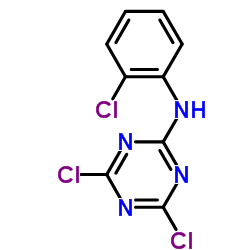| 结构式 | 名称/CAS号 | 全部文献 |
|---|---|---|
 |
甲基苯噻隆
CAS:18691-97-9 |
|
 |
敌菌灵标准溶液
CAS:101-05-3 |
| 结构式 | 名称/CAS号 | 全部文献 |
|---|---|---|
 |
甲基苯噻隆
CAS:18691-97-9 |
|
 |
敌菌灵标准溶液
CAS:101-05-3 |